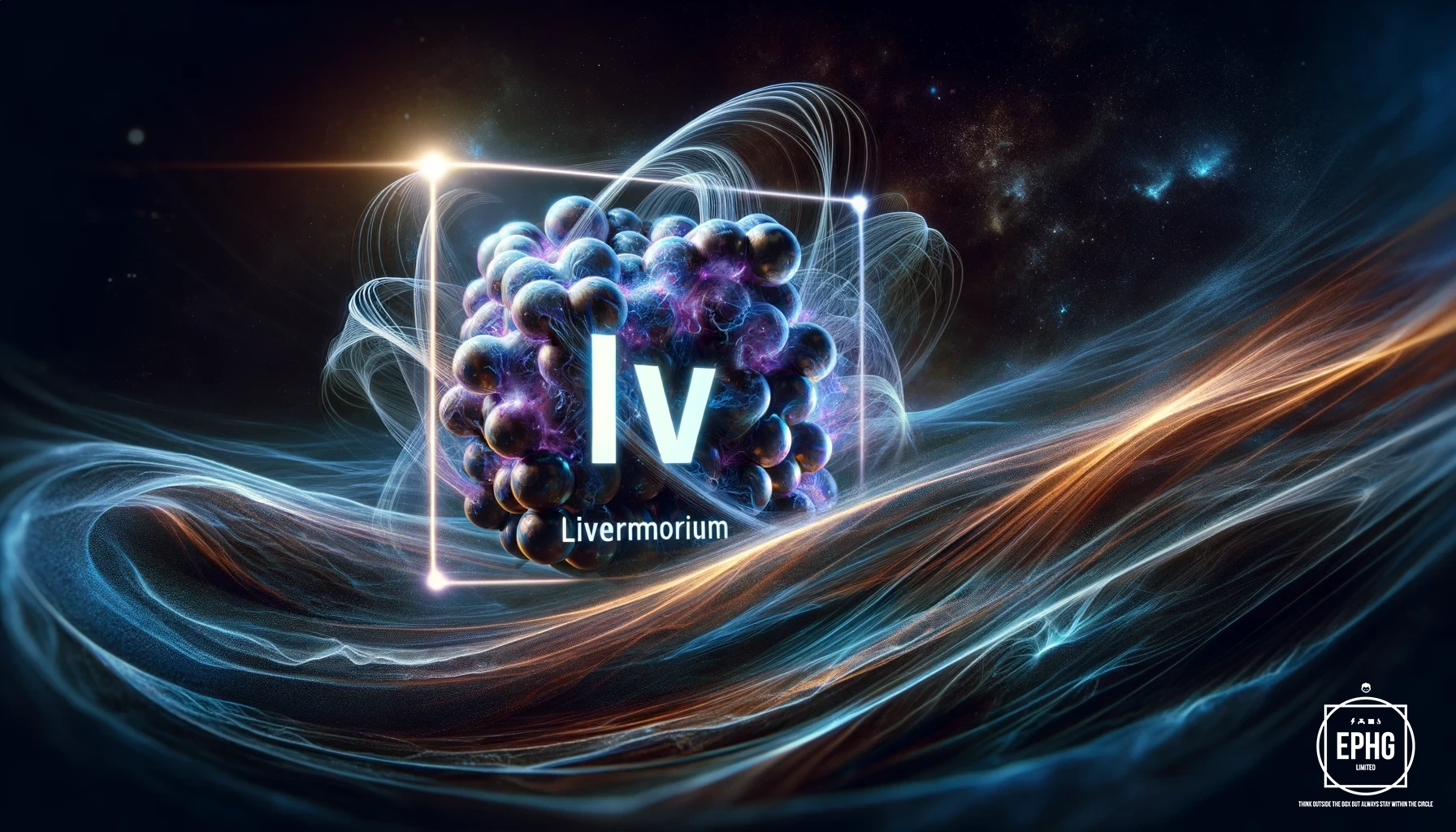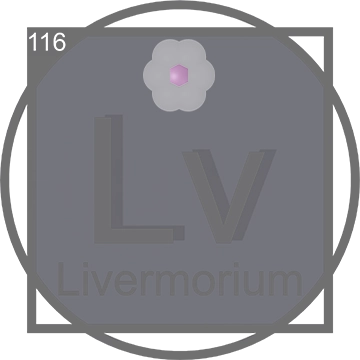Introduction to Livermorium
Livermorium (Lv) is one of the newest members of the periodic table, representing an exciting frontier in modern chemical science. This synthetic element, characterized by its superheavy nature, has captivated the scientific community since its discovery in 2000. Throughout this article, we will explore the intriguing aspects of Livermorium, from its synthesis and properties to its place in the periodic table and its potential applications in technology and science.
Livermorium Discovery and Characteristics
Livermorium, with the chemical symbol Lv and atomic number 116, is a superheavy, synthetic element that was first discovered in 2000 by a joint team of Russian and American scientists at the Joint Institute for Nuclear Research (JINR) in Dubna, Russia. The discovery of Livermorium marked a significant milestone in the fields of chemistry and physics, as it expanded the known boundaries of the periodic table.

Classified within the group known as the chalcogens, Livermorium sits alongside elements such as oxygen and sulfur, although it exhibits unique properties due to its much higher atomic mass and radioactive nature. This element’s synthesis involved bombarding curium atoms with calcium, a process that underscores the advanced techniques required to create superheavy elements. The successful synthesis of Livermorium has not only added a new member to the periodic table but also opened up new avenues for research in understanding the stability and chemical properties of superheavy elements.
Livermorium in Science
Scientific interest in Livermorium is vast due to its unique position in the periodic table. Studies focus primarily on its synthesis and decay, providing valuable insights into the effects of high atomic numbers on element stability. These investigations are essential for the development of the theoretical models of atomic structure and stability, contributing significantly to the field of nuclear chemistry and physics.
Pure Livermorium: Understanding Its Elusive Nature

Pure Livermorium, a synthetic superheavy element with distinct properties, presents unique challenges and opportunities in scientific research. Due to its position on the periodic table and immense instability, isolating pure Livermorium has proven difficult. Researchers have only synthesized a few atoms at a time, which decay rapidly, typically within milliseconds. Despite these challenges, studying pure Livermorium offers crucial insights into the behavior of superheavy elements, potentially revealing new aspects of nuclear physics and chemistry. The fleeting existence of Livermorium underscores the complex interplay between protons, neutrons, and electrons in superheavy elements, providing a fascinating glimpse into the limits of the periodic table and material existence.
Technological Applications of Livermorium
While practical applications of Livermorium are currently limited due to its short half-life and the difficulty in producing it in significant quantities, the potential for future applications exists in areas such as medicine and industry. Research is ongoing into how elements like Livermorium could be used to create new materials or in cancer treatment technologies, though these are largely speculative at this stage.
Production of Livermorium

Livermorium is not found naturally and cannot be mined like traditional elements. Instead, it is synthesized in highly specialized laboratories through nuclear reactions. The creation of Livermorium typically involves bombarding atoms of curium with ions of calcium. This process, known as fusion-evaporation, requires a particle accelerator, where curium targets are bombarded under controlled environments to fuse the atomic nuclei, producing Livermorium momentarily before it decays.
Associated Resources and Elements
As a synthetic element, Livermorium is not mined, and therefore there are no mines associated with it. However, elements like Curium and Calcium, which are used in the synthesis of Livermorium, come from various sources. Curium is itself a synthetic element produced in nuclear reactors, while Calcium is widely found and mined around the world in limestone, chalk, and marble deposits.
Current Applications of Livermorium
Due to its extremely short half-life and the complexities involved in its production, Livermorium currently has no practical applications outside of scientific research. The primary use of Livermorium today is in nuclear research where scientists study its properties to gain insights into the structure and decay of superheavy elements.
Future Prospects of Livermorium

The future of Livermorium in scientific and practical applications lies in the continued exploration of its properties and the discovery of more stable isotopes. Researchers hope that studying Livermorium will contribute to a better understanding of the "island of stability" — a theoretical region in the periodic table where superheavy elements might exhibit increased stability. This could open new possibilities in materials science, energy, and medicine, such as the development of new materials with unique properties or the production of new types of radiation sources for cancer treatment.












